Evolutionary Insights from studying domestication LECTURE 2
1/30
There's no tags or description
Looks like no tags are added yet.
Name | Mastery | Learn | Test | Matching | Spaced |
|---|
No study sessions yet.
31 Terms
Since Darwin there has been great interest in studying domestication to better understand…
Relatively recent origins off domesticated crops as distinct species
Their importance in terms of practical application (feeding the world)
Link to outselves Homo spaiens
Potential to integrate recent archeological data in the study of domestication all conspire to make domestication research very insightful
Domesticated species are good to study to understand
Early stages of species formation and diversification
Tempo or speed of evolution
How big of phenotypic change can happen
Explore how large morphological or phenotypic changes can occur over relatively short evo time period
Examples that are useful as good models
Maize
Wheat
Rice
Apple
Maize→ facts
Most abundant crop with 800 million tonnes of corn produced annually
N.America but now world wide
Ancestor Teosinte
looks nothing like maize
‘grain of the gods’
Teosinte
Teosinte: 4 species of genus Zea
Zea mays→ cloested genetic relationship with cultivated species Zea mays
These are fully infertile but able to form fertile hybrids
Found in SW Mexico
Weed on streams and hillsides
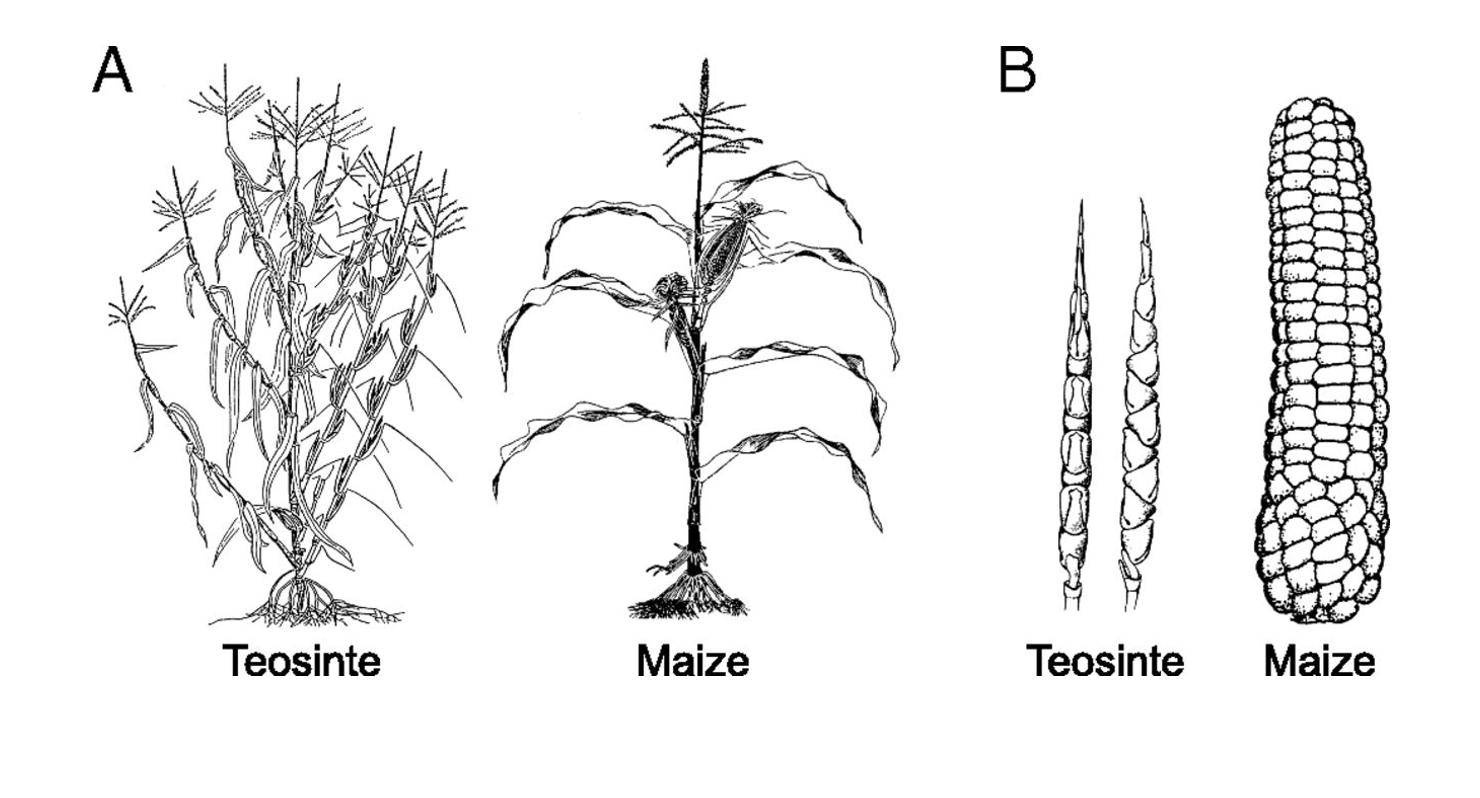
Teosinte vs Maize
Teosinte:
highly branched
female inflorescence/ ears are different (cobs)
5-12 kernels
wrapped in stony hard casing (to survied in digestive tracts of animals)
Mature→ breaks up and dispersed separately
Maize:
massive ears of corn
>500 kernels on each ear
Naked (no stony casing)
Firmly attached and never dettached
remain attached even when the cob falls off the plant
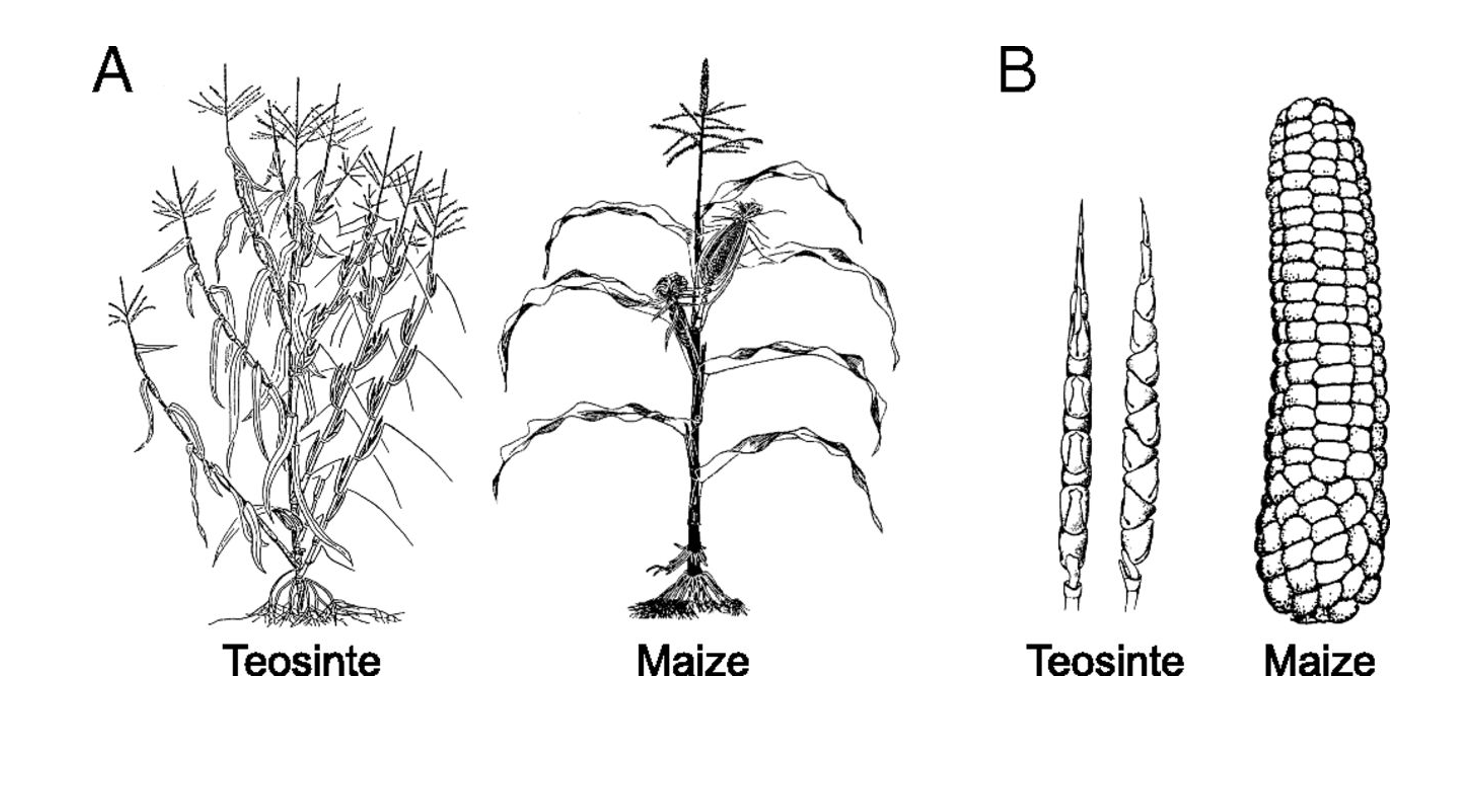
How is teosinte an exception
most crop plants look discernibly similar to human eye
but maize and teosinte are noticeable exception
How did this happen?
Inter-fertility of Teosinite and Zea mays indicated there was no species barrier between them
The use of DNA markers that samples a range of possible ancestors showed that Zea mays ssp. parviglumis was the closest living relative
Karyotypes are nearly identical
Wheat→ facts
3rd most abundant crop
6-700 million tonnes of grain
Europe, N America
Types
Triticum aestivum→ bread
T.turgidum subsp durum→ pasta
Founder crops first domesticated in Fertile Crescent
10,000 years ago
Story of Wheat domstication
Start with wild diploid wheats → Triticum monocoocum
cultivated as crop called einkorn wheat
Close relative T.Speltoids hybridised with this
Gave rise to emmer wheat T. turgidum
Tetraploid (long history of cultivation)
8000 emmer wheat hybriside with another diploid wheat
T. Tauschii
→ Modern bread wheat Triticum aestivum
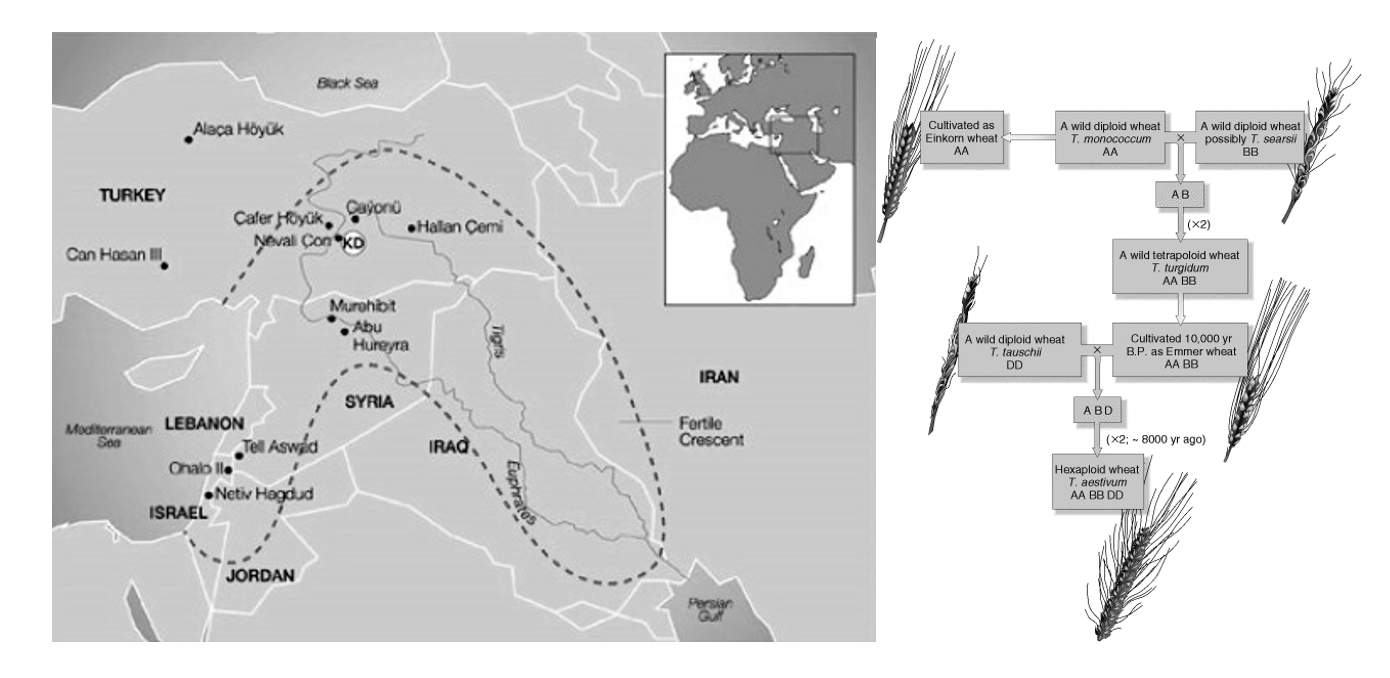
Traits (Domestication syndromes) of domesticated wheat
enlargement of grain
evo of non-shattering phenotype
via toughened rachis that lacks abscission zones
Threshing required to remove the grains after harvest
High amount os protein gluten
gives visco-elatic propertiles→ for bread

Asian Rice→ facts
Oryza sativa
second most abundant ceral crop
700 million tonnes grown annually
Asia
History of Asian rice cultivation
first in Yangtze river in China 9000 years ago
from wild progenitor Oryza rufipogon
Gave rise to variety subspecies japonica
Separately
Local cultures of Oryza nivara in india
but no evidence of domestication
But then
Japonica arrive in INdia with the silk trade
Led to hybridisation and introgression with local Oryza nivara
Introgression→ evoltion of subspecies Indica
Indica→ most dominant rice group in the world

Traits (domestication syndrome) of Asian Rice
non-shatering
loss of red colour in the pericap of the seed
emergence of a more erect growth form
Additional domestication in Africa?
Domesticated as Oryza glaberima
BUT
non-shattering has not evolved in this instance
WHY
Rice is harvested with baskets, not sickles
Apples→ Facts
Malus domestica
Most widely distributed of any perennial crop
80 million tons world wide
Apples domestication history→ Starting wild apple
Tien shan mountains of central Asia 4000 - 10000 years ago
Domesticated from crabapples (wild species)
Malus sierversii crabapple in Tien Shan mountains
grows in intermediate elevations above the sea level
Ten Shan wild apples→ remarkable variety
(Criteria for centre of origin!)
Garden of Eden
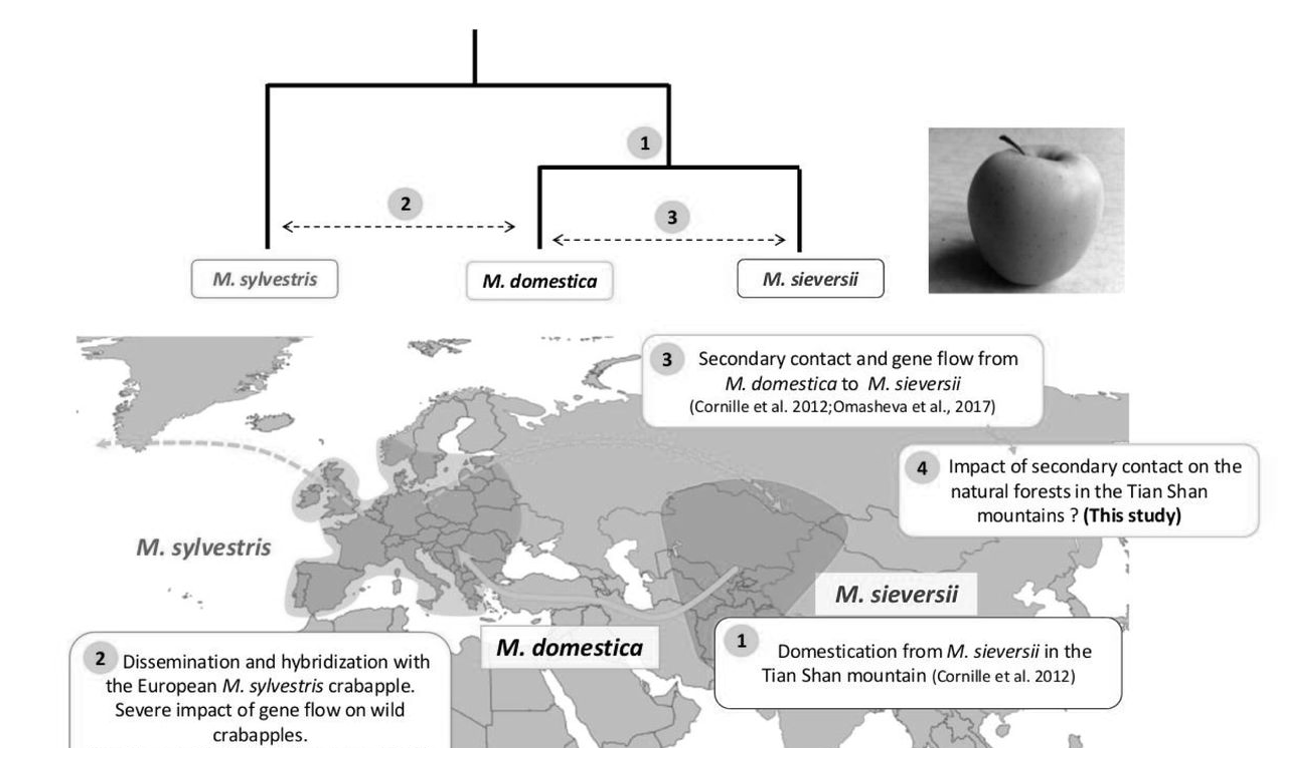
Apples story of domestication
Apples spread arounf by migrating humans along Silk Roads
Apples crossed with local crab apples
e.g Malus baccata in SIberia nad M. Sylvestris in Europe
Evidence for westard movement
→ patches of wild but large sweet apples in mountains in Afganistan, Turkey and Iran
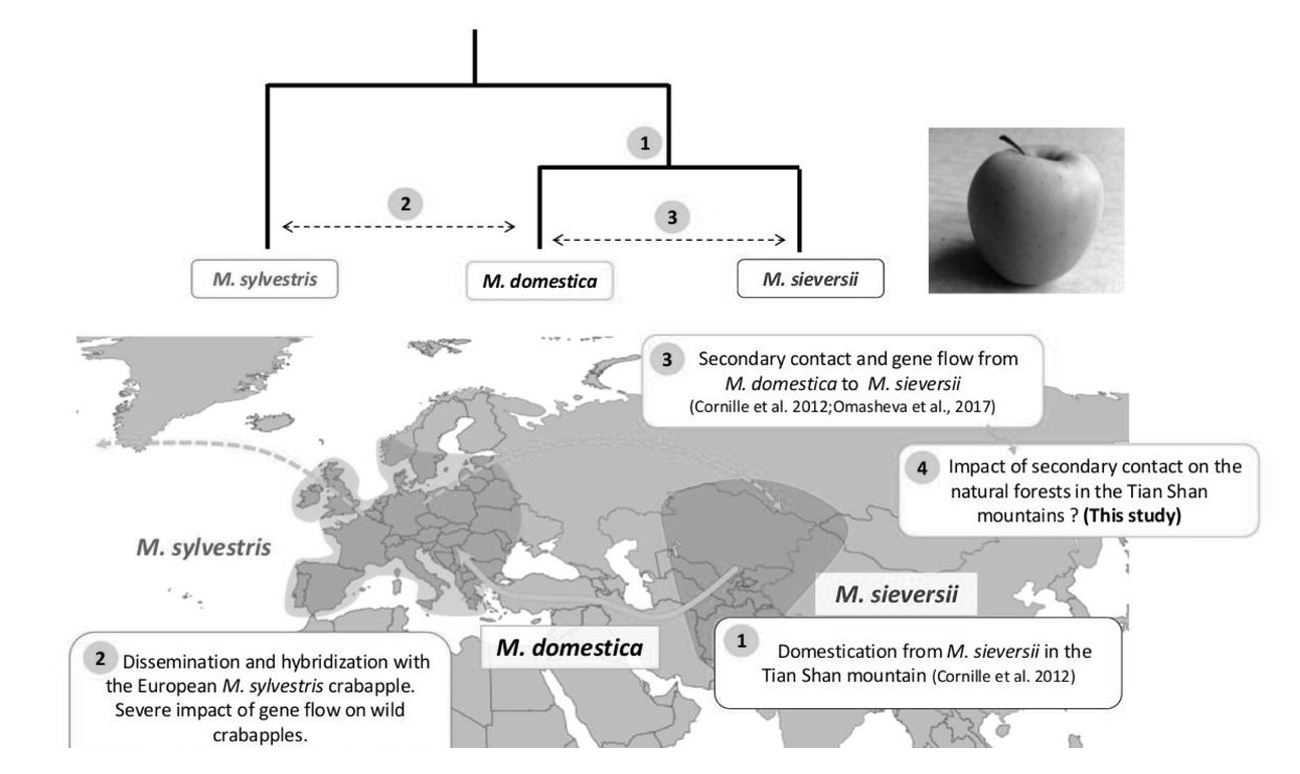
Why is it hard to grow apples with your desired traits
Malus domestica is not self-fertilising
Has weak pollen incompatibility mechanisms
→ Accept pollen from a range of different species
OVERAL: doesn’t breed true from seed
I.e: If plant the seed, unlikely the apple will taste the same

How to get over this barrier→ Grafting
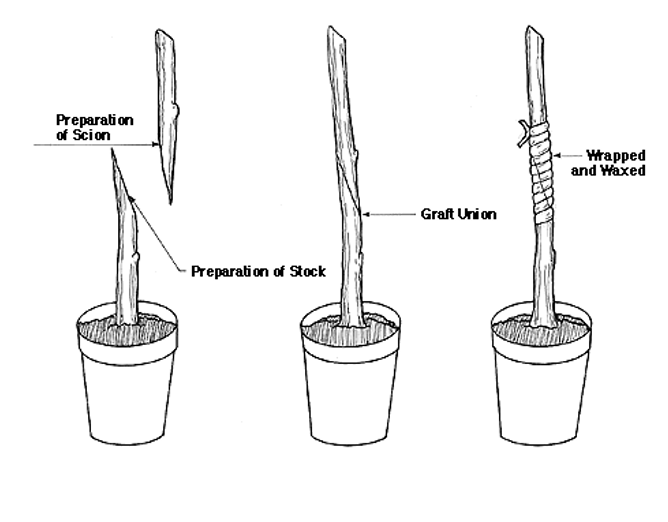
Role of hybridisation and polyploidy
Polyploidy x hybridisation→ intant speciation event
if a tetraploid species is formed, it is difficult to then back cross to diploid→ NEW SPECIES
advantageous and not diluted by backcrossing to the wild-species
Hybridisation→ rapid addition of novel allele and novel genetic combination→ Raw material for further adaptation
Powerful as a crop is migrated into new environments and habitats
Introgression→ is fab to gain some genes from species adapted to that habitat
As seen in rice and apples (as they cross with local crabs)
Heterosis or Hyrbid vigour
where hybrid outperforms its parents
(function of heterozygosity)
Few genes of Large effect or many gnes of small effect
it is important to understand the genetic basis of these domsticaiton syndromes
To understand how they have evolved
Looking at maize vs tsosinte is common because they look so different!
Use QTL to find if multiple genes for a trait or not
A valuable tool in understanidnt he genetic basis of phenotypic differences
Teosinte and MAize can cross to produce fertile hyrbids
A good tool is the
ability to interbreed and produce fertile F1
e.g F2 is a good tool
→ Allows for Quantitative Trait Locus Analysis (QTL)
How to do a QTL analysis
Tkae two organims which different by a trait
Have set of genetic molecular markers that can distinguish betweent he parental lines
e.g RFLPS
Crossed to produce F1 generation
F1 are crossed to give further set of recominants
F2 phenotypes are scored
Genetic markers are scored and a correlation between Phenotype is found (a GTL)
Finds genetic parts that associated with phenotpes
unlinked markers will not be associated
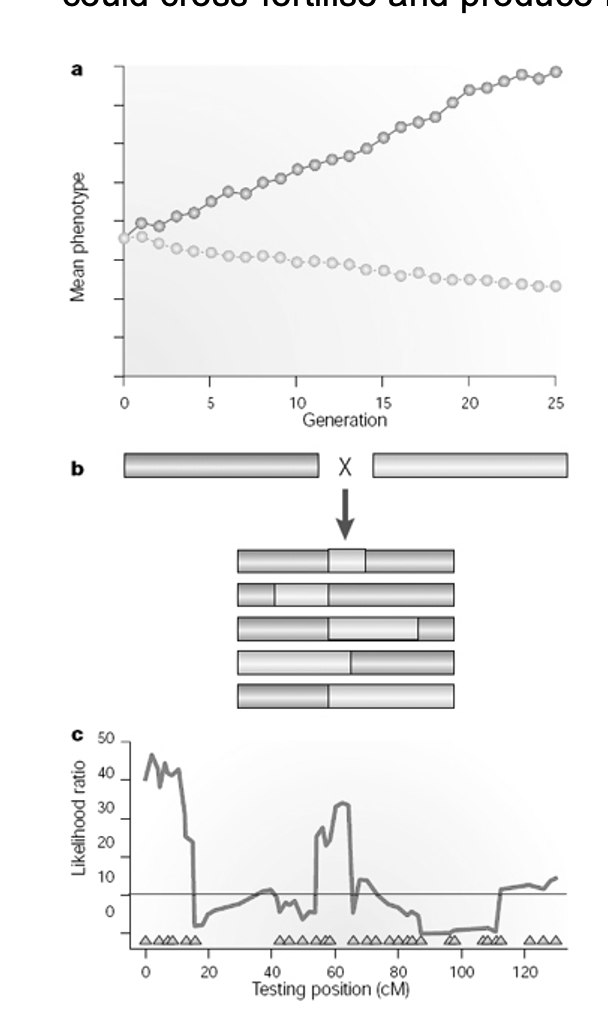
Early QTL analysis in Maize/Teosinte showed
much of the phenotypic divergence for key domestication traits (branching)
attributeed to 5 regions of the genome
Suggests:
→ only a few genes underpinned the divergence
Identifying particular genes
Branching→ teosinte branched1 (tb1) Locus
branched allele in Teosinte
unbranched in maize
teosinte glume architecture 1
teosinte→ covered grains
maize→ uncovered grains
Ears per branch→ grassy tillers 1 (gt1)
teosinte allele → multiple eats per branch
maize→ single ear per branch
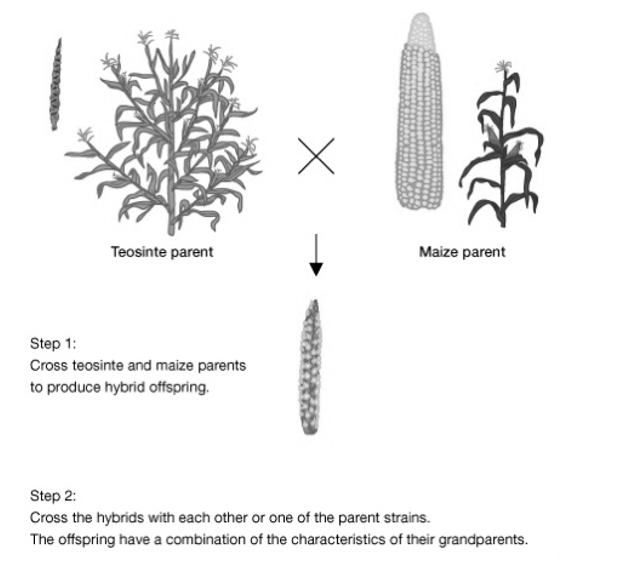
How does Teosinte branched1 work?
Encodes a TCP transcription factor
→ Changes expression pattern:
TB1 is a repressor of axillary meristems:
Maize→ expression of tb1 is elevated compared to Teosinte
THEREFORE: expression results in repression of the side branches
No branches in maize
So is it small no. genes large effect or large number of genes with small effects?
Single gene loci controlling major quantitative traits
many examples
BUT
There are still 100s 1000s genes across a genome show evidence of selection through domestication
→ Kinda complex
What does identification of underlying genes for domestication syndromes help to answer?
Possible to ask whether evolutionary genetic mechanisms underlying common domestication traits are similar across crops and crop origins
e.g What genetic mechanisms lead to this convergent evolution?
Using QTL can compare genetic basis of convergent traits across unrelated crop species
→ numerous similar genes underlying similar processes are emerging
Examples of shared genetic mechanisms for convergence
Branching→ teosinte branched 1 in Maize
also in: millet and barley
Seed shattering→ YABBY transcription factor called shattering1
mutated → suppression of abscission zone
or translocation and fusion with another gene→ inactivation
In Maize and minor contributer in rice
Glutinous Grains (large amounts of amylopectin)→ Waxy gene
Mutation→ glutinous
In Rice and in millet and Barley
Independent mutation in the waxy gene
Colour→ loss of colour is common because seed coat colour can delay germination
MYB transcription factor e.g in grapes
mutation= red→white (stops anthocyanin genes)
MYB also in Amaranthus
distant relative
→ also mutations in MYB that controls anthocyanin production
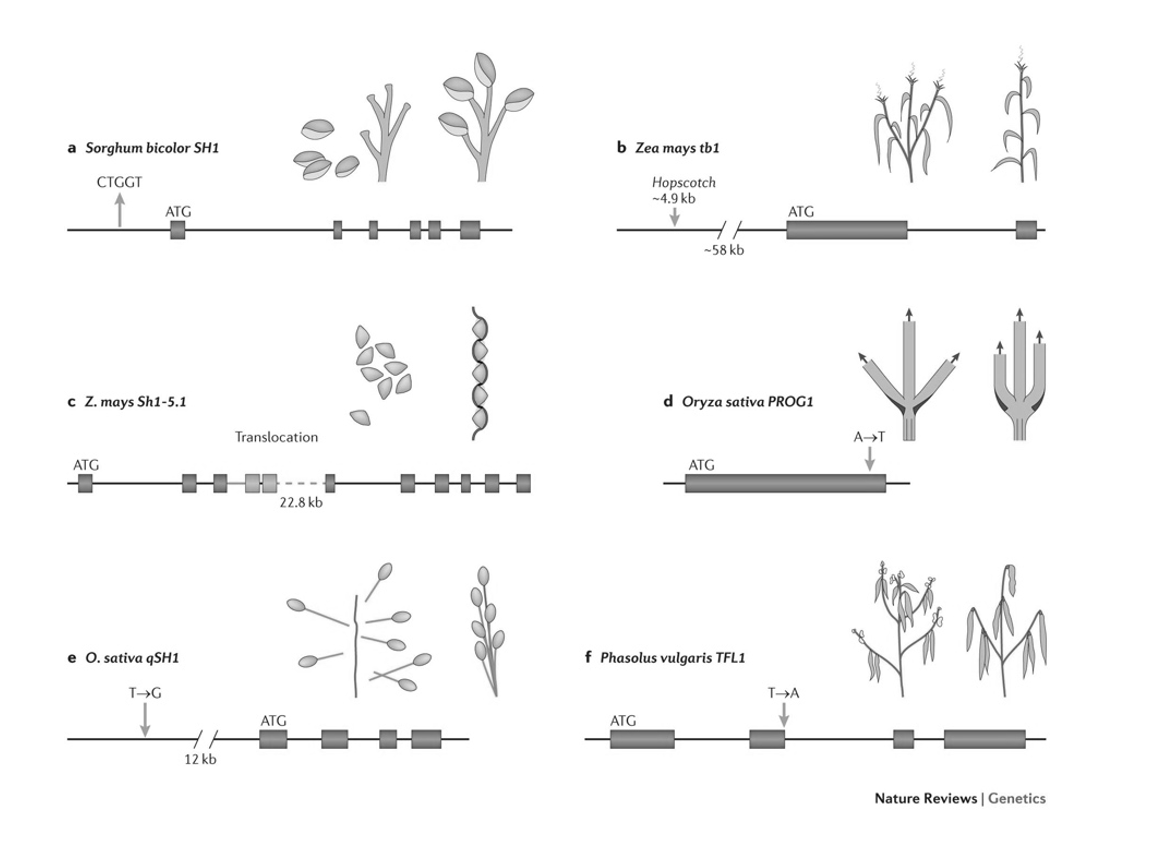
Overall this shows…
As selection pressures are the same in domestication, domestication follows similar genetic pathways (in distant crops)
This suggests that if evolution of these happened again, it would be through the same genetic mechanisms
Important in understanding the genetic architecture of any kind of trait
Can be useful model for looking at evo in natural situations